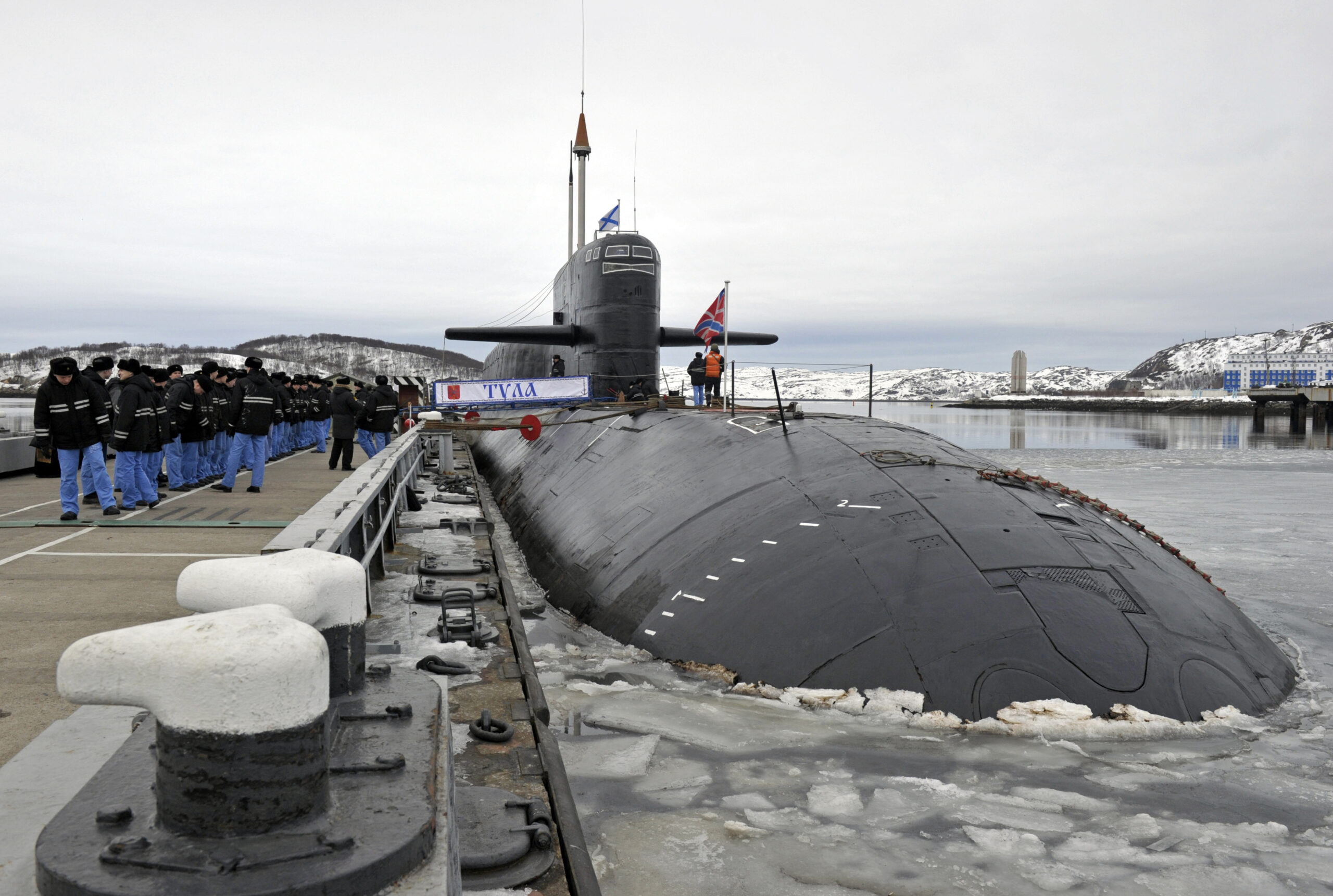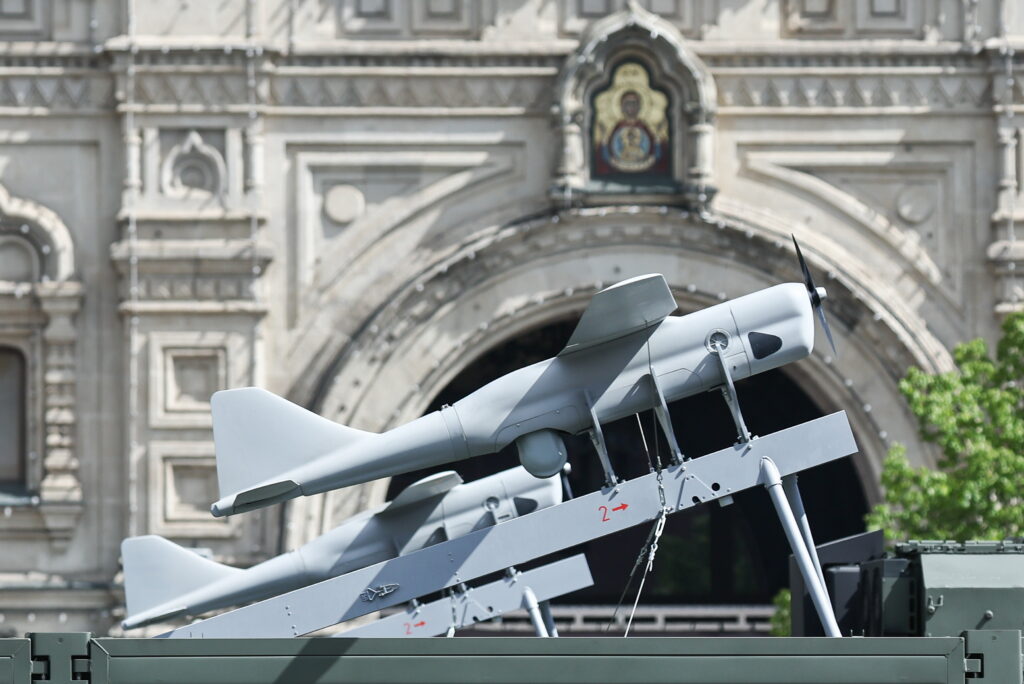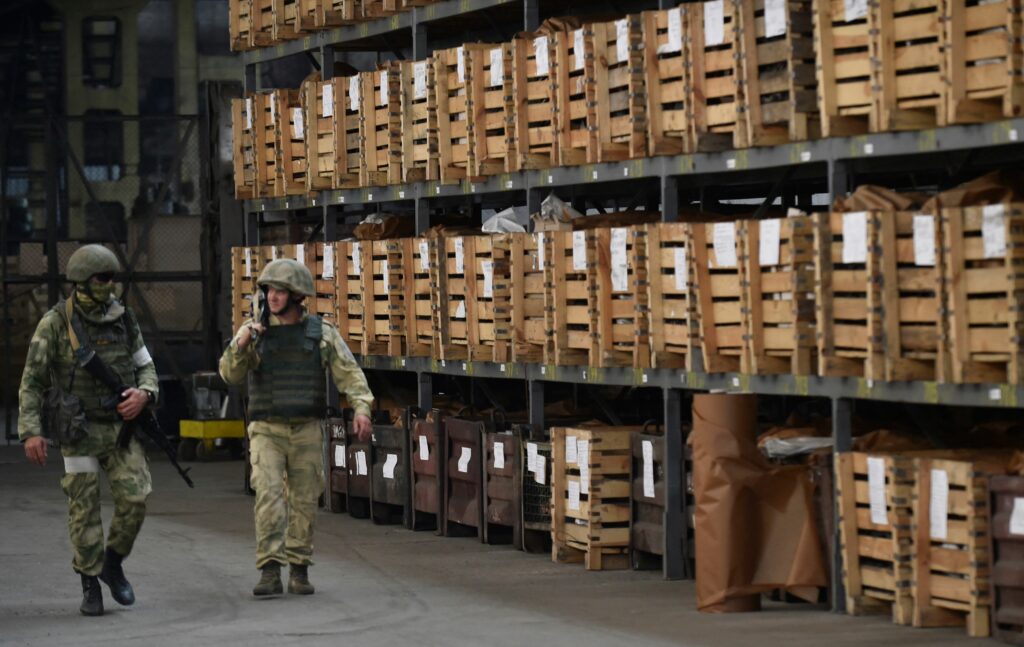It has been six months since Russia’s suspension of its participation in the New START Treaty, one year since the last exchange of data between Russia and the United States on the size of their respective nuclear arsenals, and three and a half years since the last inspections conducted under the Treaty. And the further one looks, the more questions arise about the actual number of Russian strategic weapon carriers.
At the same time, during the most recent data exchange in September 2022, when Moscow was probably already preparing to torpedo the New START, it announced the presence of 540 deployed carriers, versus 659 for the United States (as of March 2023, when Russia had already stopped exchanging data, the number of deployed carriers for the United States was 662). This was the highest number in more than ten years of this Treaty, as it had never exceeded 528 before. One can say with confidence that the Kremlin is artificially inflating the number of its carriers.
The purpose of this overstatement is both to exert political pressure on the USA, its allies and the rest of the international community, and to mask the fact that the number of Russia’s strategic carriers will be shrinking in the coming years.
Attention fixed on America
This text was inspired by the news that 14 out of 49 American attack submarines are undergoing repairs, and another four are awaiting an overhaul. This news caused some commotion in Russian and Russian-language media. It turns out that only 31 attack submarines (63%) are able to fulfil their assigned tasks while 18 (37%) cannot. The repairs are delayed due to organisational and technical problems at the shipyards.
However, the media which reprinted this piece of news for the Russian audience did not mention that in addition to attack submarines armed with cruise missiles and torpedoes, the United States has four more submarines armed exclusively with cruise missiles. These submarines were converted in the 2000s from the first Ohio-class strategic submarines that came into service in the first half of the 1980s.
Overall, the USA has 14 Ohio-class strategic submarines with ballistic missiles on board. All of these subs, which came into service in 1984−1997, underwent successive overhauls between mid-2000s and March 2023, allowing for their gradual decommissioning throughout the 2030s, when they are going to be replaced by a new generation of strategic submarines. Given that one of these vessels, the USS Pennsylvania, entered the docks in May 2023 for a scheduled mid-life overhaul, 93% of U.S. strategic nuclear-powered submarines are ready for their intended missions.
While Russia’s situation with attack submarines is similar, i.e. nine out of 22 (41%) of its attack submarines of various types are at various stages of repair, there is serious uncertainty about strategic submarines, their number formally being 13.
Zombie submarines
Russia has six submarines of the 955 and 955A types, Borey and Borey-A respectively, which entered service in 2013−2022, six 667BDRM Delfin (Delta-IV) submarines, which began service in 1984−1990, and one 667BDRM Kalmar (Delta-III) submarine, which was received by the fleet back in 1982. Here, we can claim with a very high degree of certainty that the 667BDRM submarines, i.e. Karelia, Novomoskovsk, Verkhoturye and Yekaterinburg, are now past their useful lives after the last extension in 2010−2014. Moreover, Verkhoturye and Yekaterinburg were openly planned for decommissioning no later than in 2022, and in February 2022 Verkhoturye was featured in a documentary about the Karelia submarine, waiting at its berth already without a flag.
The service of Karelia and Novomoskovsk in 2020−2022 turned out to be fraught with bizarre events. For example, in March 2021, first rank naval captain Mikhail Morozov appeared in Russian official media as the commander of Karelia, but during the same period he gave an interview to the Northern Fleet official newspaper as the commander of Novomoskovsk, which is his actual capacity. Even more interestingly, Morozov recalled in the interview that his ship had launched a missile during a military exercise in December 2020, even though according to official reports the missile had been fired by Karelia (and the video from the exercises actually featured Morozov and his crew).
At the time, Karelia was (and probably still is) commanded by first rank naval captain Anton Maslennikov. Between the summer of 2020 and February 2021, Maslennikov was also involved in a court trial regarding alcohol drinking on the submarine while his deputy in charge of military and political work was on the base. Interestingly, Maslennikov was the main and, in fact, the only character in the said documentary about his boat, which did not appear to be inhabited. Maslennikov is also featured in the official video from the exercises held in February 2022, where Karelia fired a missile again. However, in that footage neither Maslennikov nor any of his subordinates carry the mandatory portable breathing apparatuses, which is against the rules and gives rise to a suspicion that the video may have been staged. Moreover, despite Karelia’s official participation in the 2020 and 2022 exercises, it is the commander and crew of Novomoskovsk who are the public stars of the Northern Fleet.
At this point, we can cautiously assume that Karelia, which was last repaired in early 2010 and received a 10-year service extension, was either out of service or unable to fire missiles at the end of 2020. Presumably, Novomoskovsk (which came out of repairs in 2012 with a 10-year service life extension) was working at sea instead, masking the fact that Karelia was facing serious problems.
For the sake of comparison, another 667BDRM submarine, Tula, completed repairs and also received a 10-year service extension in 2018, and the activities of the submarine, its commander and crew have been quite widely publicised since then both within the fleet and externally.
Another significant point to mention here is that Russian submarines get the official patronage of the cities and regions in whose honour they are named. While delegations from the Tula Region regularly meet with the crews of Tula and Novomoskovsk, the government of the Republic of Karelia has, for some reason, failed to pay attention to its namesake submarine since late 2019.
The sixth strategic 667BDRM submarine, called Bryansk, has already been under repair for five years, and its previous repair was carried out in 2002−2008. Given that submarines based on this design are scheduled for final decommissioning by 2030, Bryansk should be in service for only a couple of years after its repairs are completed. Perhaps these very considerations rather than technical problems of the ship or the plant are responsible for the extended period of repairs: under factory conditions, the submarine is not being used up as a resource.
A ‘paper fleet’ record
The only remaining 667BDR submarine, namely Ryazan, which turns 41 this autumn and is very old by global standards, returned to service in February 2017 after a six-year overhaul. Even if it has not been exhausted as a technical resource yet, there is a serious problem with its armament, namely the R‑29R ballistic missiles, which have simply reached the end of their useful life. Moreover, Ryazan failed to launch one of those missiles already in autumn 2019, and since then there have been no reports about any active participation of this submarine in any military exercises.
As of August 2023, out of a total of 13 Russian strategic submarines, only six 955/955A submarines and two 667BDRM submarines, Tula and Novomoskovsk, can be reliably claimed to be ready to fulfil their missions. It should be also taken into account that Novomoskovsk also went beyond its extended useful life in 2023. At the same time, Ryazan, Verkhoturye and Yekaterinburg can hardly be considered operational. The condition of Karelia remains unclear. In turn, Bryansk is still under repair, which looks more like mothballing of its residual life. Nevertheless, Moscow is trying to keep its strategic submarines in service as long as possible.
Hence, it turns out that Russia has 13 strategic submarines on paper, but in practice it only has eight, and only in the best-case scenario. It is also important to bear in mind that under the START strategic submarines are always considered to be fully armed (in practice, this is certainly not always the case, especially with regard to Russian submarines). Thus, for the time being Russia claims to have 13 submarines with 16 submarine-launched ballistic missiles on each, and one submarine under repair, which means it formally has 192 submarine-launched ballistic missiles when deployed. In reality, we can assume that today Russia has no more than 128 ballistic missiles deployed on eight submarines.
Obviously, Russia continues to build Borey subs, and it should have ten of them by the early 2030s, when all the submarines based on previous designs have been decommissioned in reality and on paper. Accordingly, they will be capable of carrying up to 160 missiles provided that each submarine carries a full complement of weaponry. Moscow is at pains to cling to the idea of nuclear parity with the United States as the basis of its foreign and domestic policy, but the idea of parity is already dead in reality.










